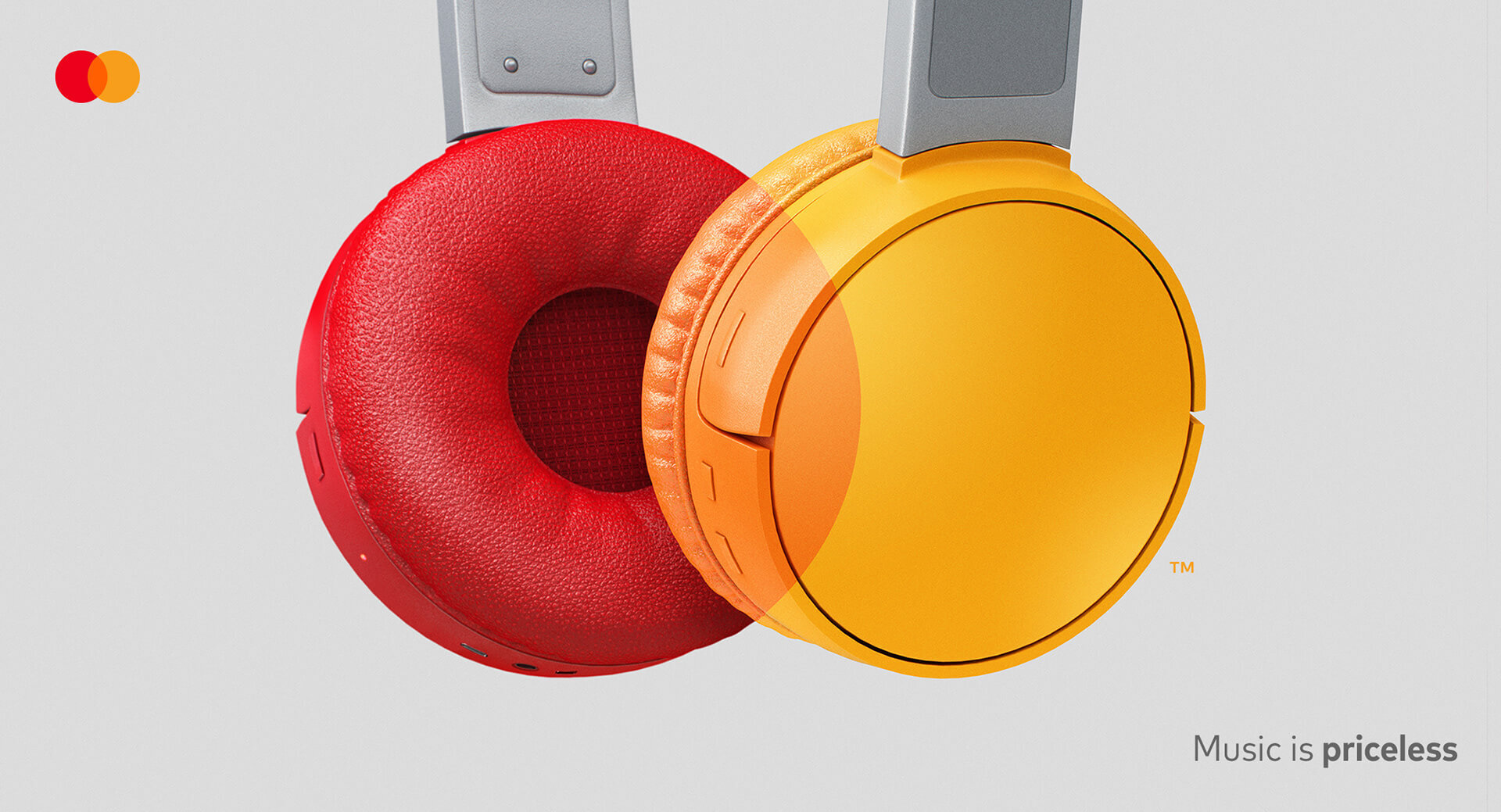Clear Messaging as a Key Indicator to Communication Campaign Success
2 min read
by Michael Meyer
Nowadays it’s hard to find a company that doesn’t face competition.
Many companies have tens and even hundreds of competitors offering the same or similar product/service. And by simply saying “Our products are of high quality”, “We are a team of experienced and enthusiastic engineers”, you won’t grab people’s attention and won’t gain their trust. Here’s when a marketing message comes to the place.
A marketing message is the information that a company provides to a consumer trying to convince them to purchase their product/service. In other words, the messaging reveals
what product/service the business offers
what benefits it provides
how it’s different from the competition
how it’s solving people’s problems
Without a clearly defined marketing message, your product/service is just another alternative in the market, without identity and particular highlight. But when you have one, it becomes easier to introduce yourself not only to your team, but customers, partners, investors, etc.
Imagine that you need a B2B lead generation company to provide LinkedIn prospecting, cold calling services. Your partner won’t be able to generate high-quality leads if not aware of your key messaging and USP.
Your marketing messaging should also be at the heart of the ads you will run, flyers you will print and the website you will create.
How to create your marketing messaging?
Creating a marketing message framework is technically easy. You need a Google sheet or a PowerPoint presentation and you can find free templates on the internet.
Here’s one example of what your message framework should look like.
Marketing message framework isn’t fixed and you can remove/add or paraphrase some of the points.
But it should ultimately reveal what promise you are making with your product/service and what pillars (benefits) your promise provides.
9 characteristics of an excellent, well-performing marketing messaging
Through extensive research and data analysis, it has been recognized that there is a winning formula to get your emails opened a little bit more. Improving the click-through rate of emails is a goal that a lot of marketers try to reach. That is because a higher click-through rate can lead to more conversions or website traffic, depending on the objective of their email marketing campaign.
The winning formula of getting a higher click-through rate involves mostly optimizing your subject line. AI has also stepped into the scene in this case and saved the day by creating a solution that helps marketers optimize subject lines. By using optimized subject lines, you can get your emails opened more and fulfill whatever objective you had.
1. Clarity
An excellent marketing message isn’t vague and doesn’t leave room for assumptions. It reveals how a person's life will change for the better after using your product/service.
2. Simple, understandable language
In a well-crafted marketing message, little known acronyms, abbreviations, and specialized terminology aren’t used.
3. Customer-centricity
Messages that use words like “you”, “your” are more impressive than general ones.
4. Uniqueness
“Garment factory.
Quality products.
10 years in the US market.”
There isn’t anything unique in this message. You should avoid similar statements at all costs as they don’t allow you to stand out.
5. Emotions and logic
Even in B2B marketing emotions play a huge role. Depending on what product/service you offer, you may evoke emotions like fear, empathy, happiness, pride, belonging, etc. However, don’t forget to add logic as well because the message works best when you combine emotional and logical triggers.
6. Trustworthiness
Exaggerating the end results or making unbelievable promises will make you look unprofessional and piss your potential customers off.
However, if you are really going to help people save thousands of dollars, multiply their ROI or save tens of hours of work every week, you need to back up your statements by facts, stats, or case studies.
7. Laconism
Your marketing message doesn’t have to occupy tens of pages. The key here is to share maximum information with minimum words and skip details that seem redundant.
You have probably heard of a term called “elevator pitch”. It’s a description of a product/service that is so short that you can deliver in the time span of an elevator ride (from 30 seconds to 2 minutes). It equals 6-7 sentences that should be enough to give a full description with key points.
You should follow the principle of laconism when talking about the product/service benefits (pillars) as well. You can allow 1-2 sentences to describe every benefit.
8. Target audience
No marketing message or product/service is meant for everyone (unless you are Apple or Coca Cola). A messaging framework implies that you define your target audience. It’s common to have 2-3 buyer personas for your business but you may have less or more as well.
So instead of addressing all managers with your offer, you may target store managers who struggle with logistics-related issues. Or instead of creating a software for all accountants, you may develop one for non-profits and add features nonprofits will need.
9. Relatability
Any marketer’s dream is to run campaigns that will make people say: “I really feel this way”, “This ad is about me. How could they ever guess?”, etc. You can create relatable messages only if you know your customers extremely well and know when they need your product.
As a perfect example, we want to sum up our post with MasterCard’s ad that shows they are with their customers in every situation: on the beach, at the restaurant, airport, etc. Many people avoid having cash in their pocket but with a card, paying is instant and secure wherever you are.
About the author
Michael Meyer is a member of the editorial team at Leads At Scale. His main areas of expertise include business growth, inbound, and outbound marketing & sales. He is a walking wanderer and a travel enthusiast.

 Français
Français




